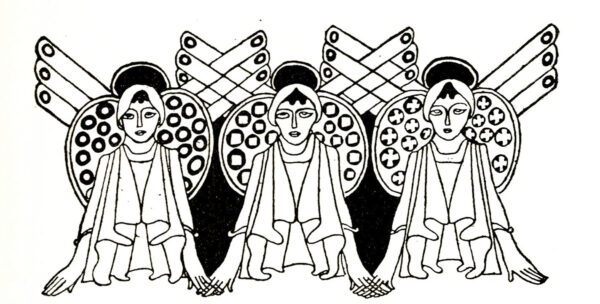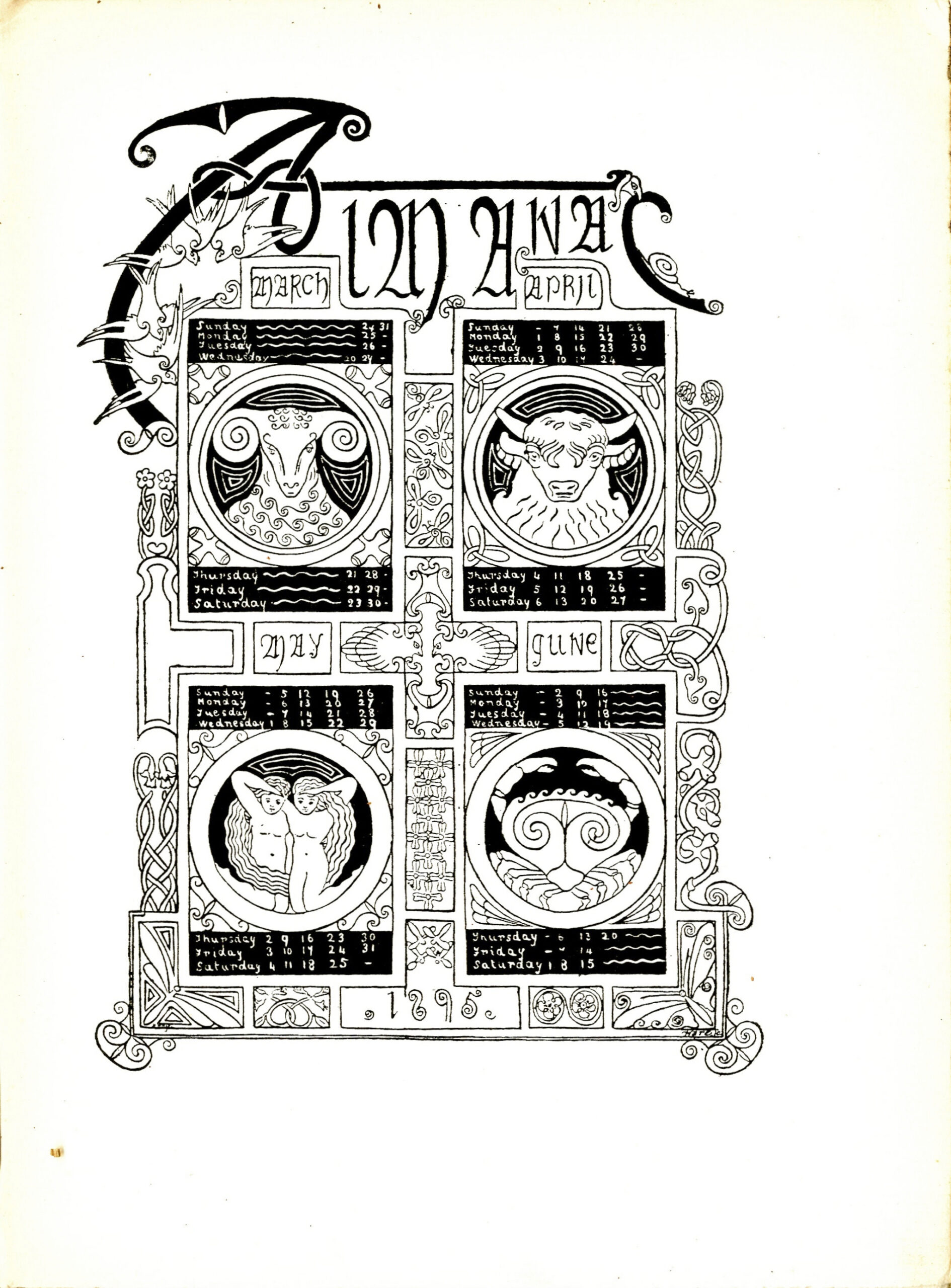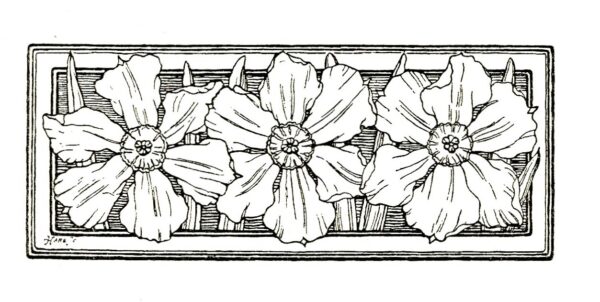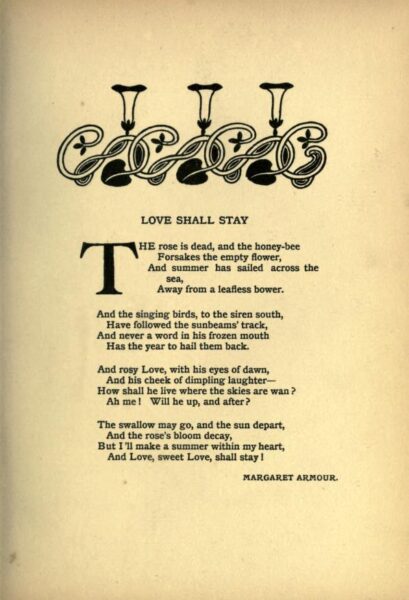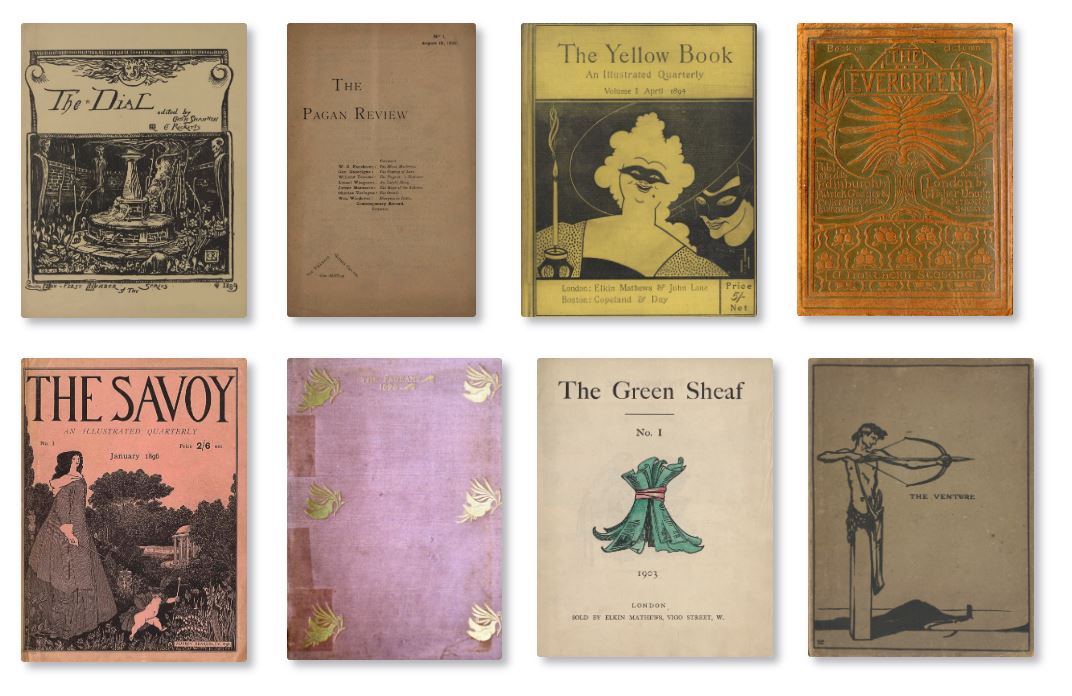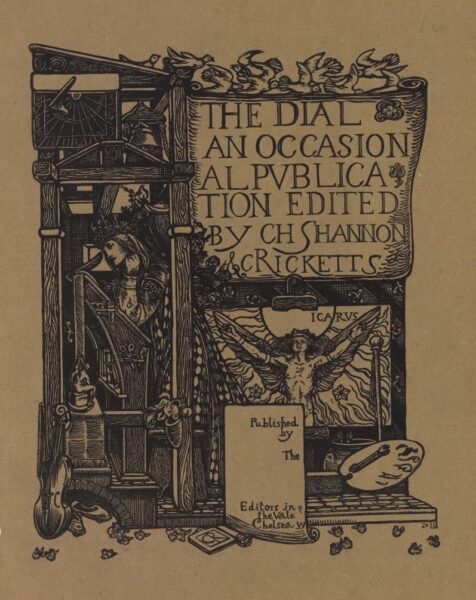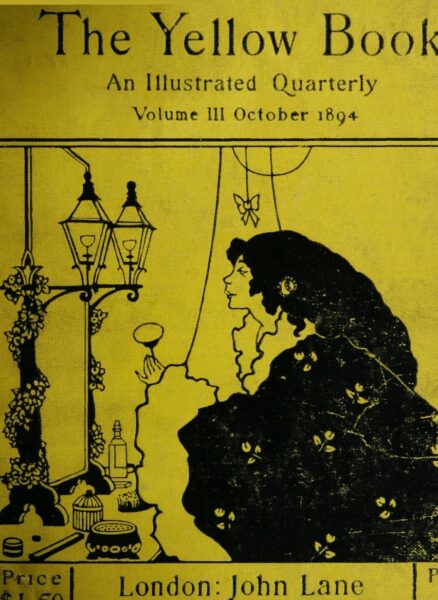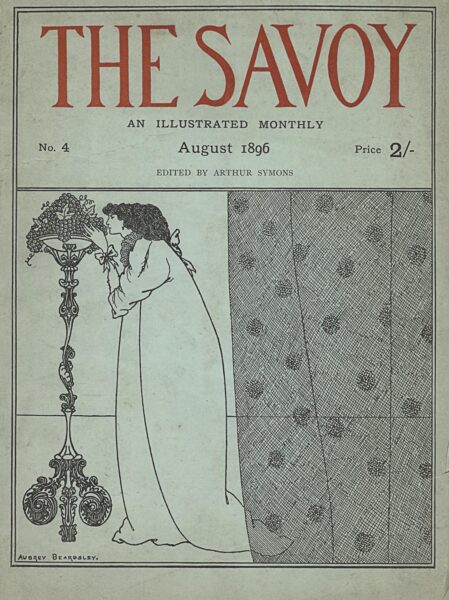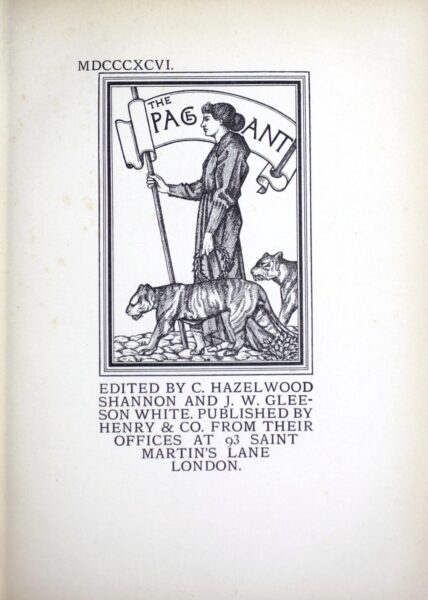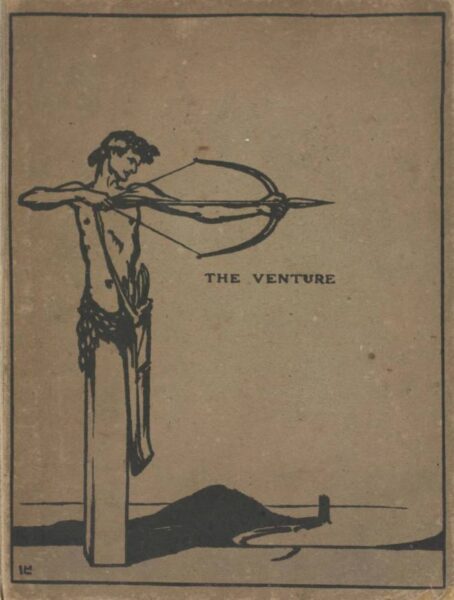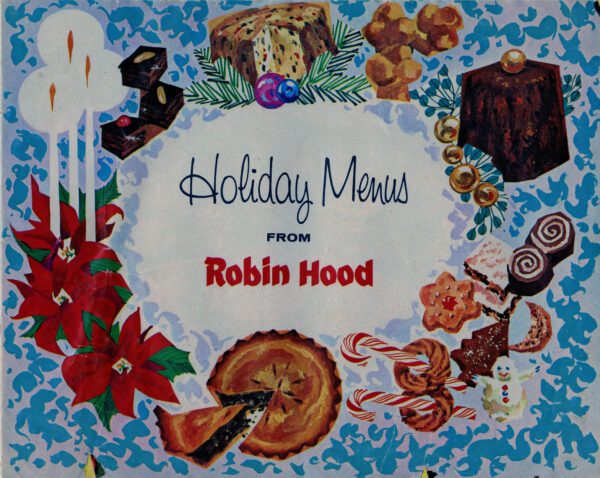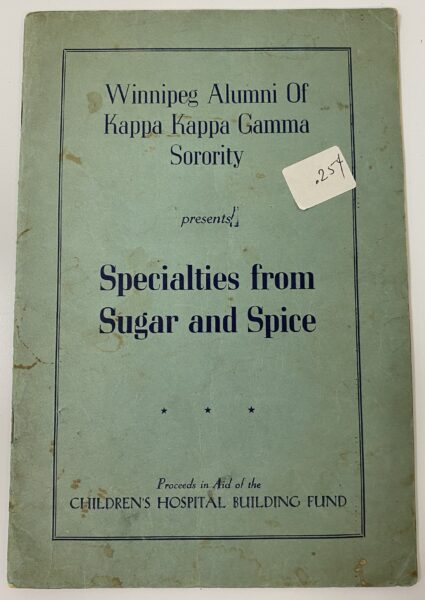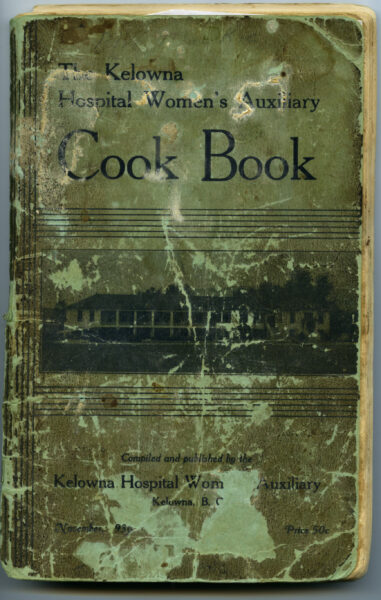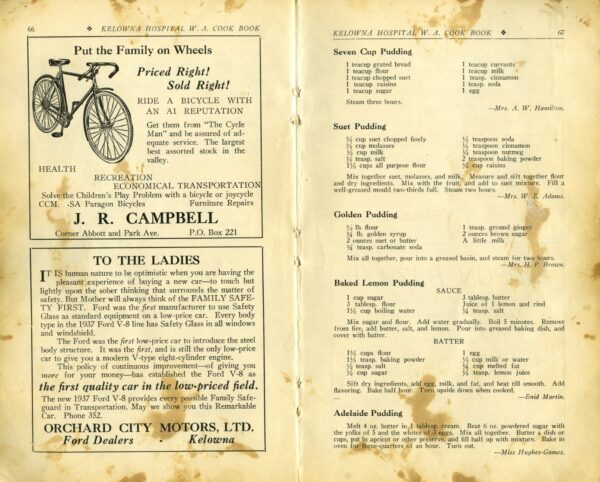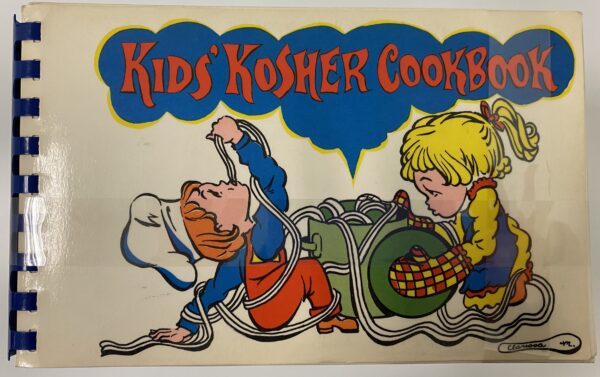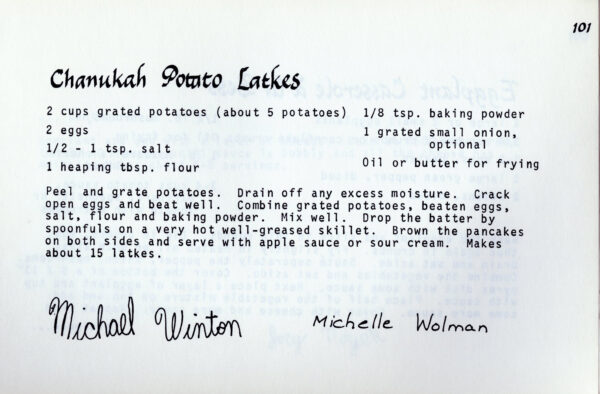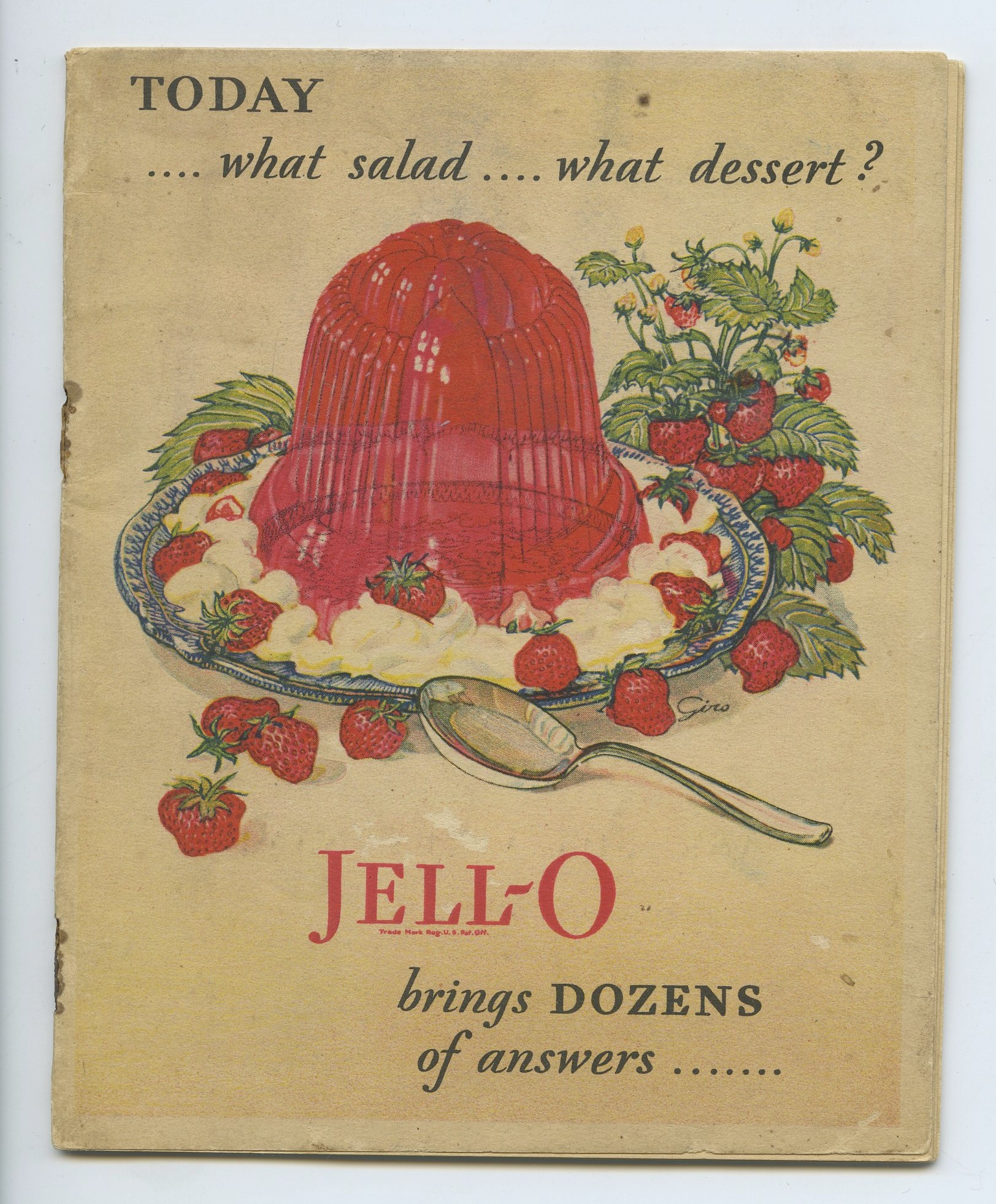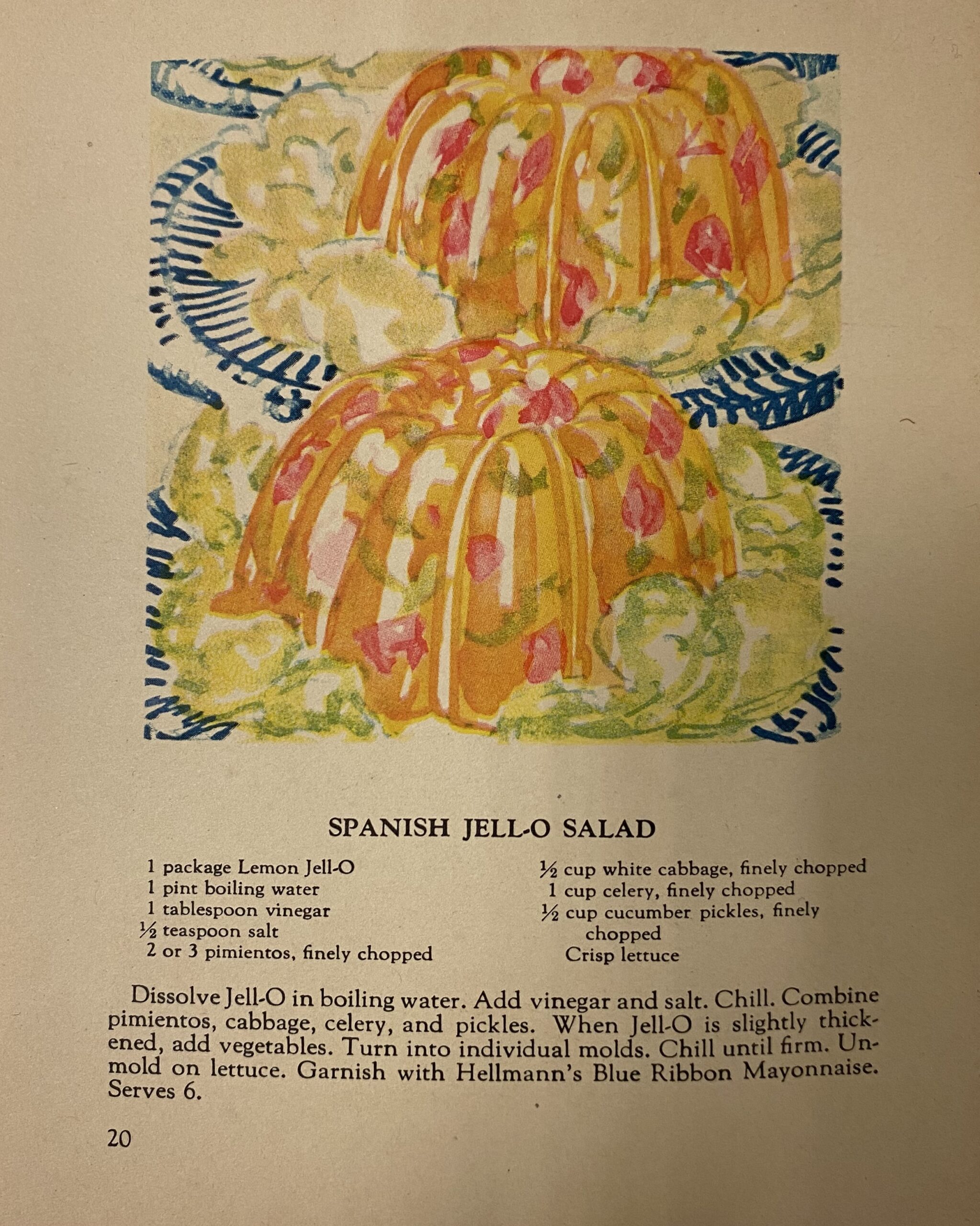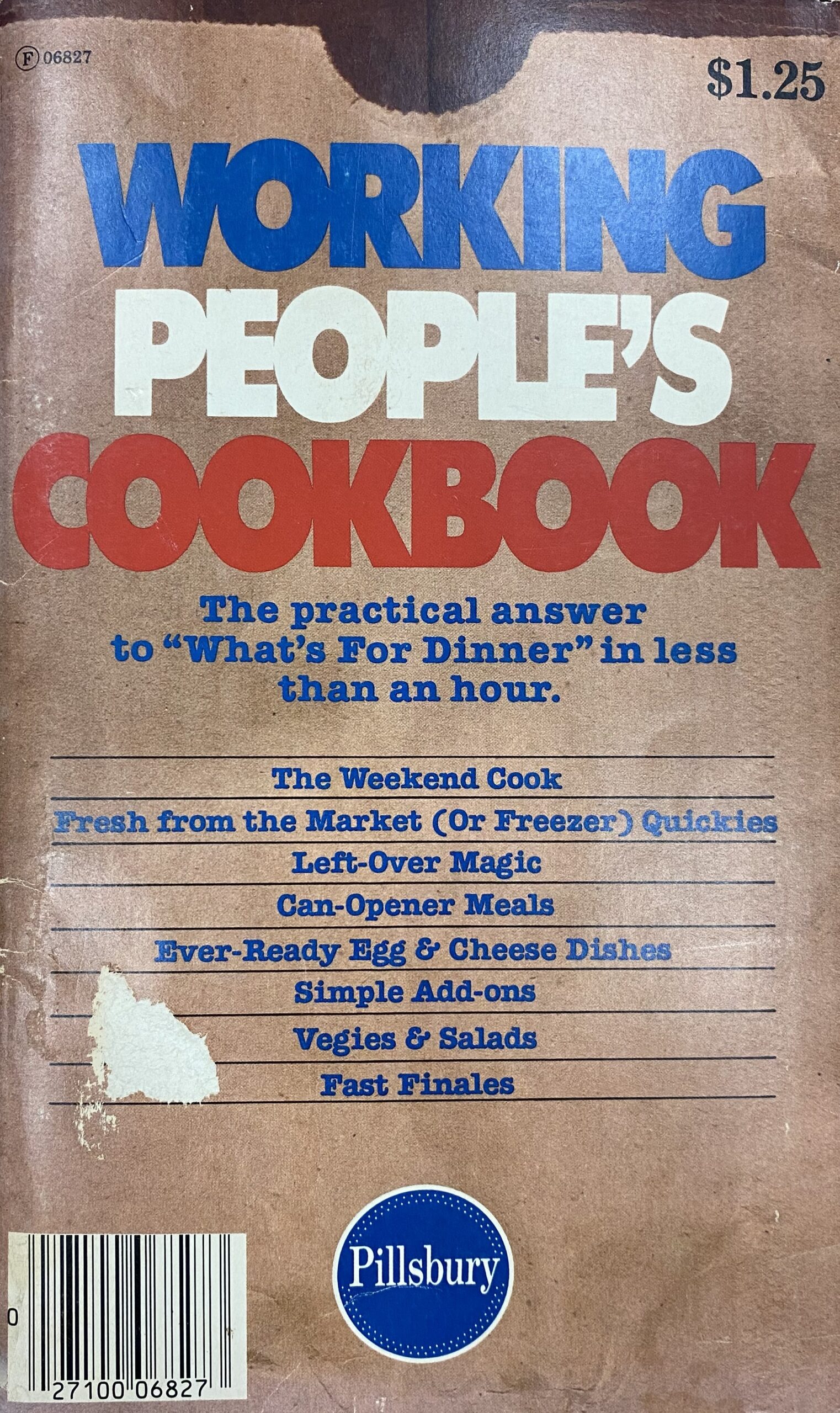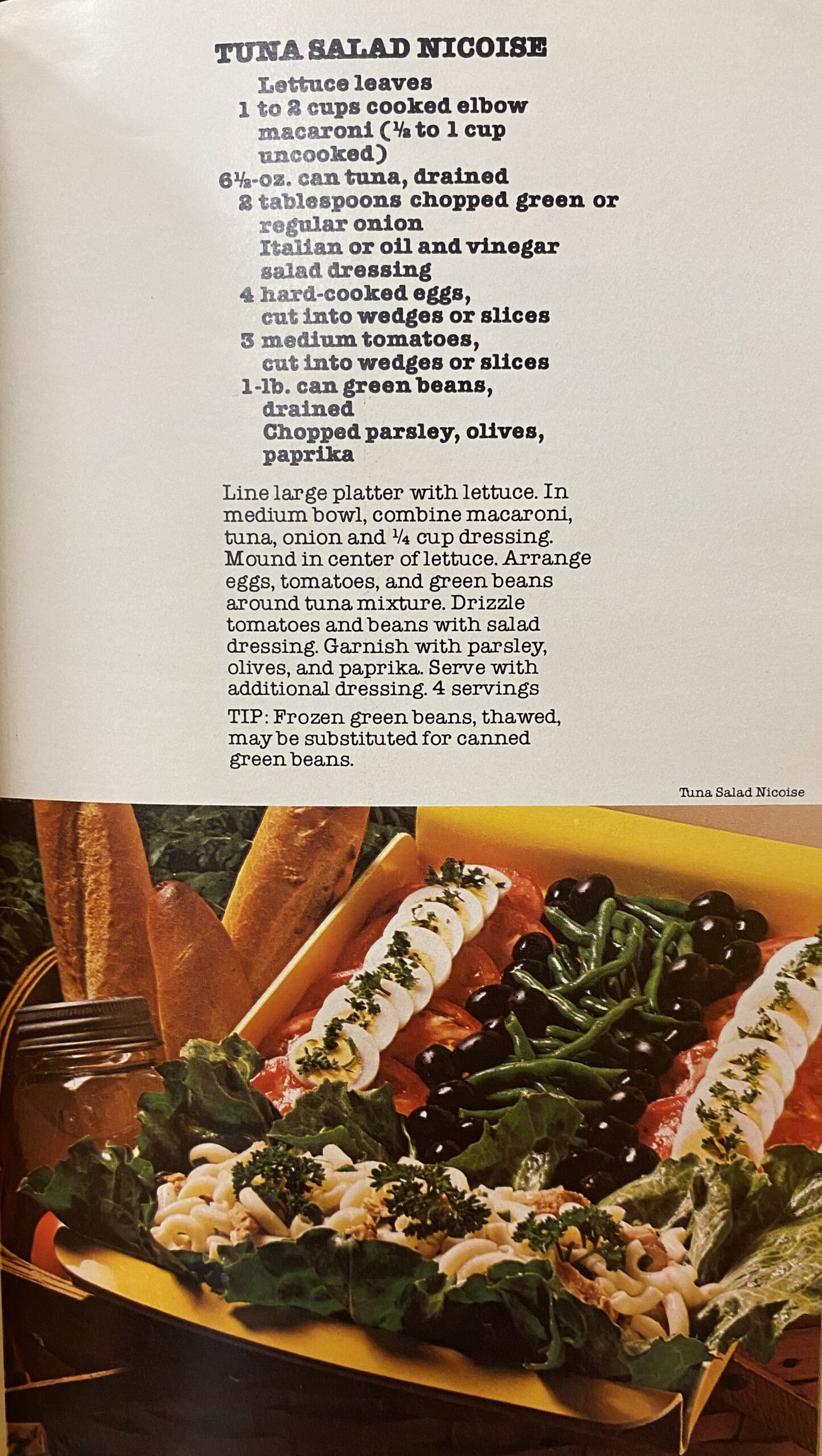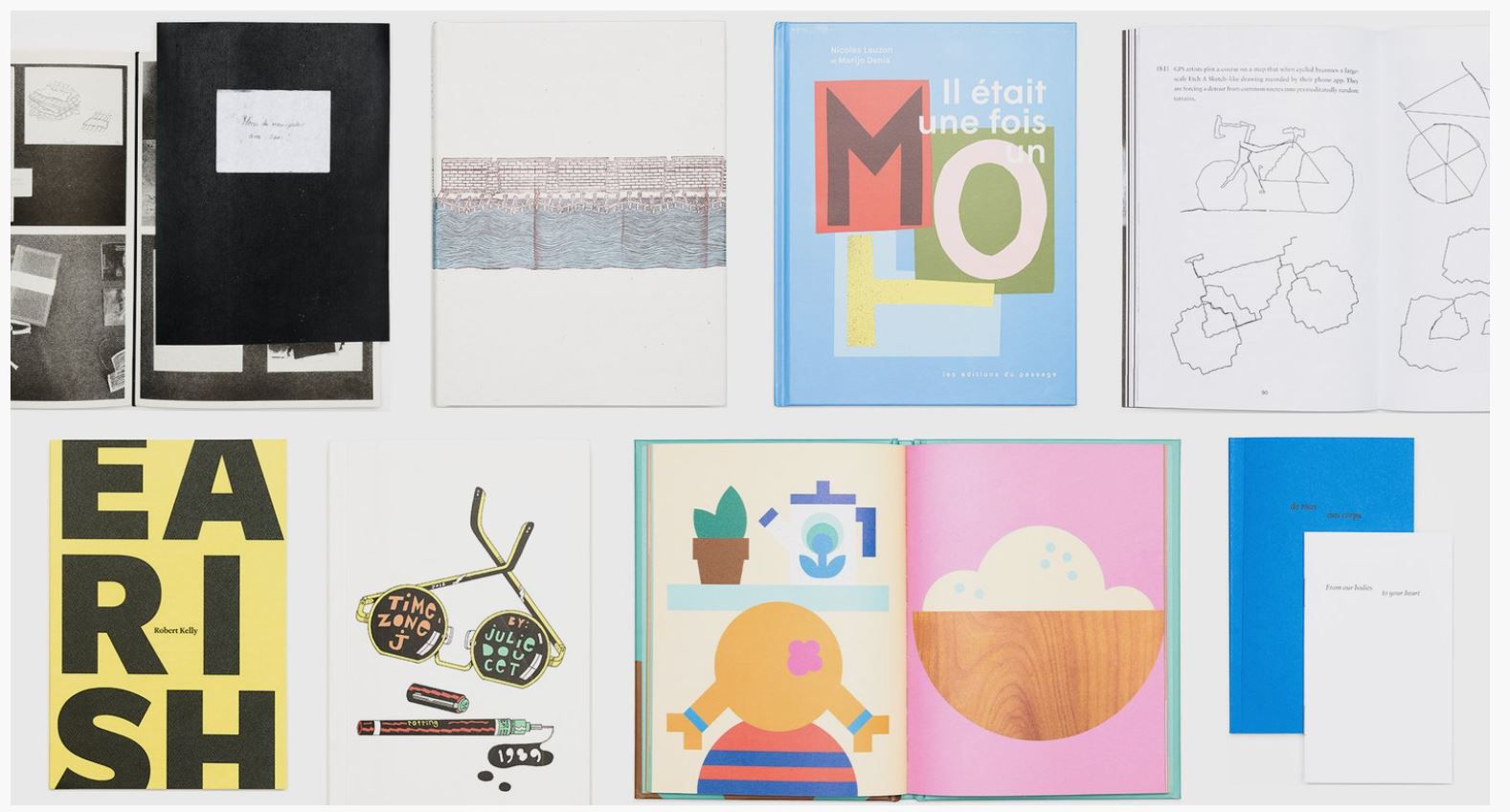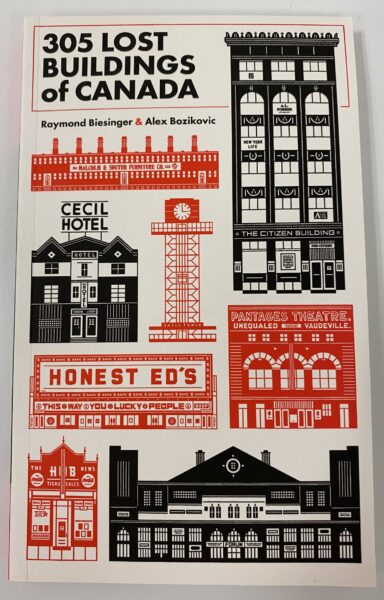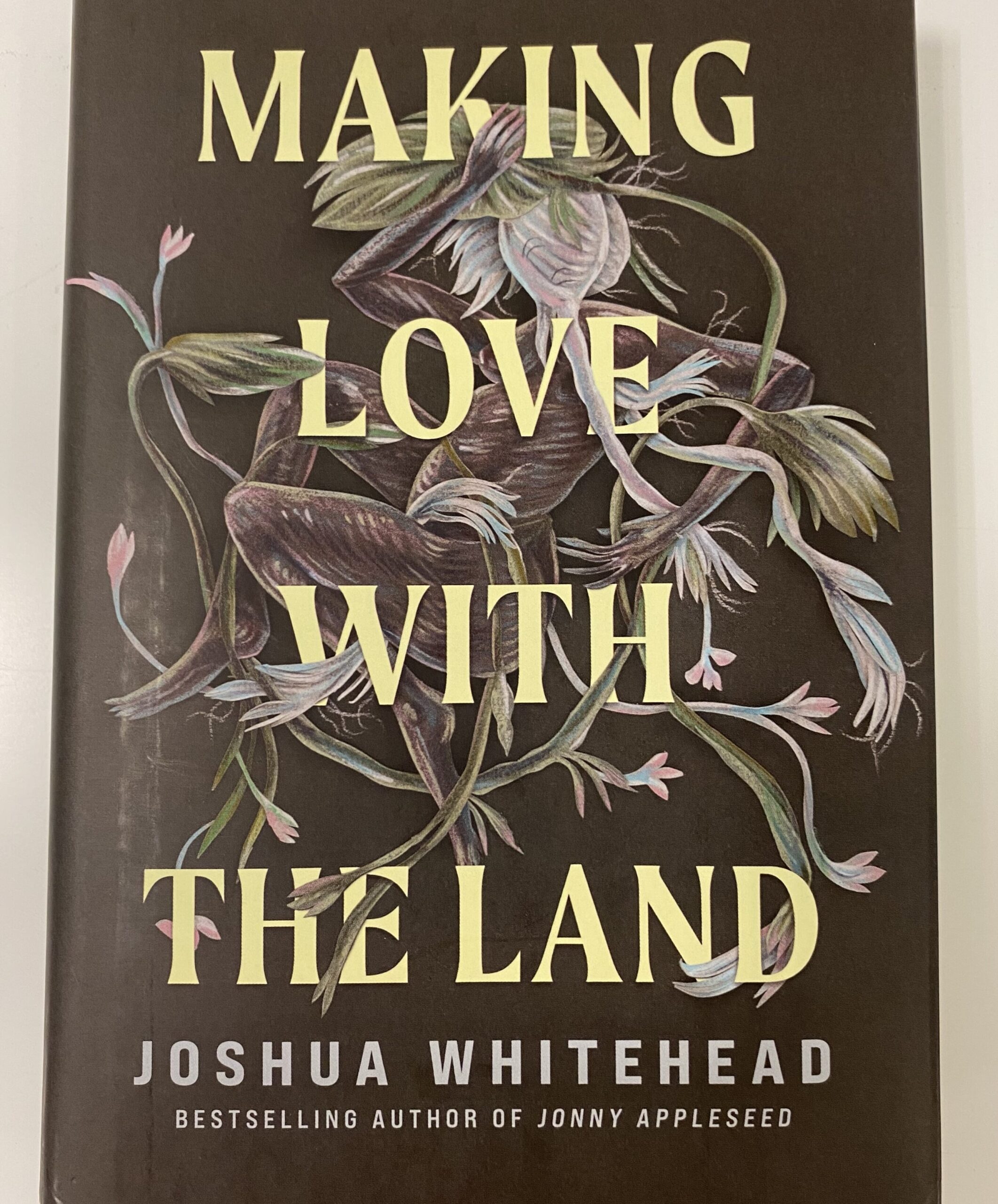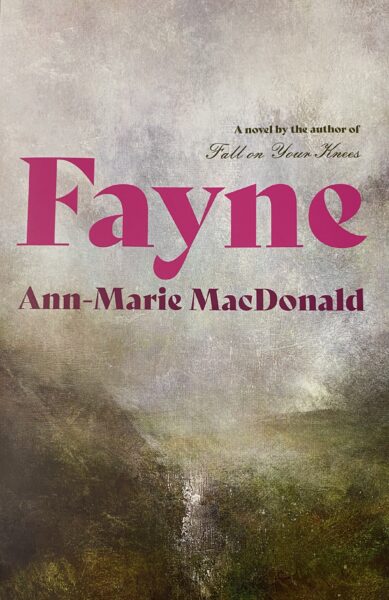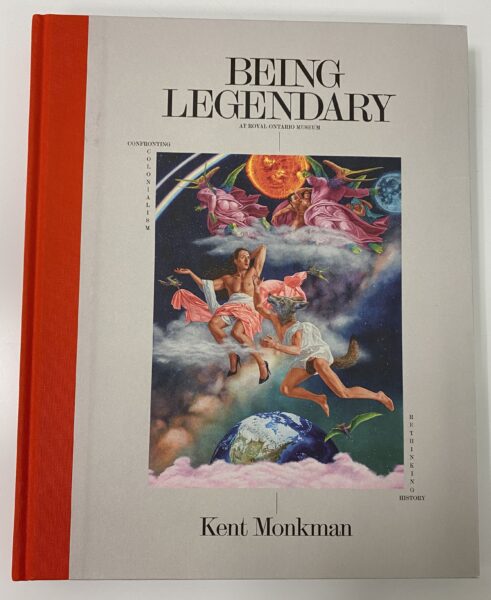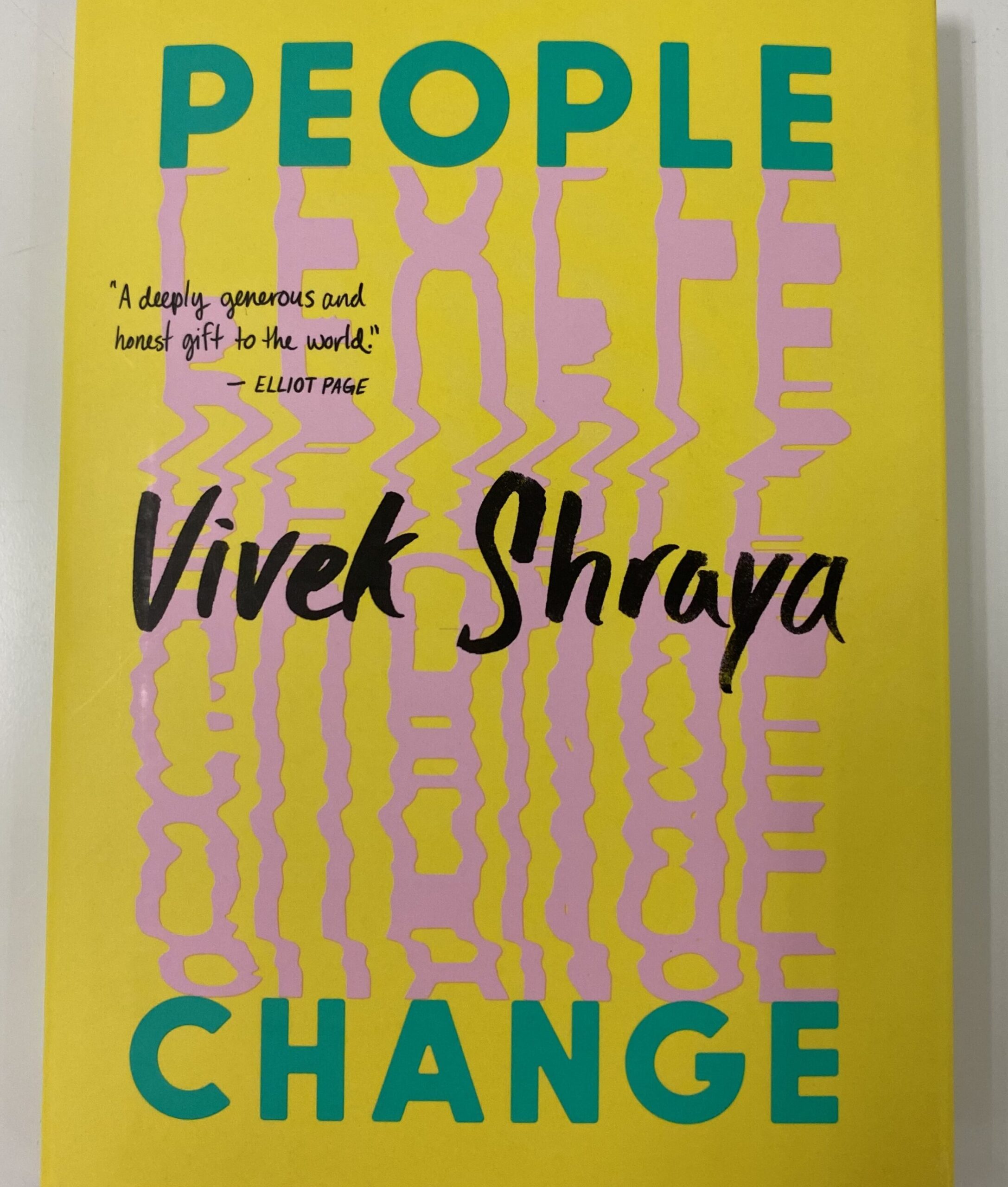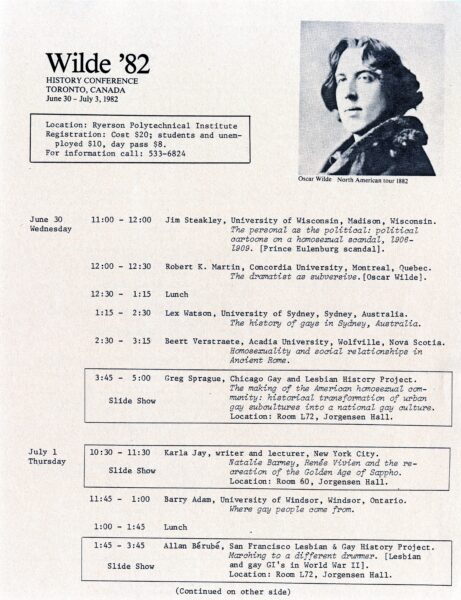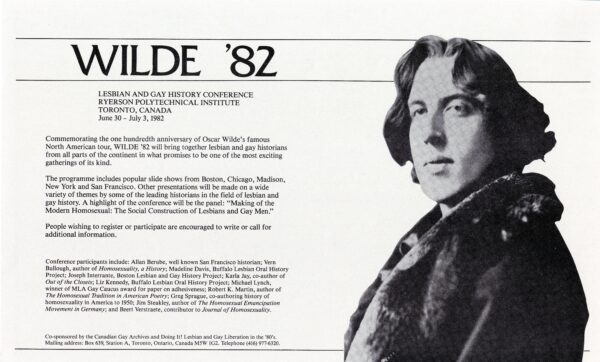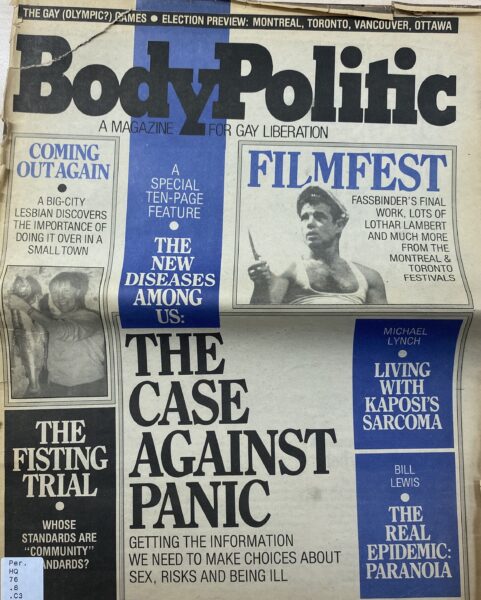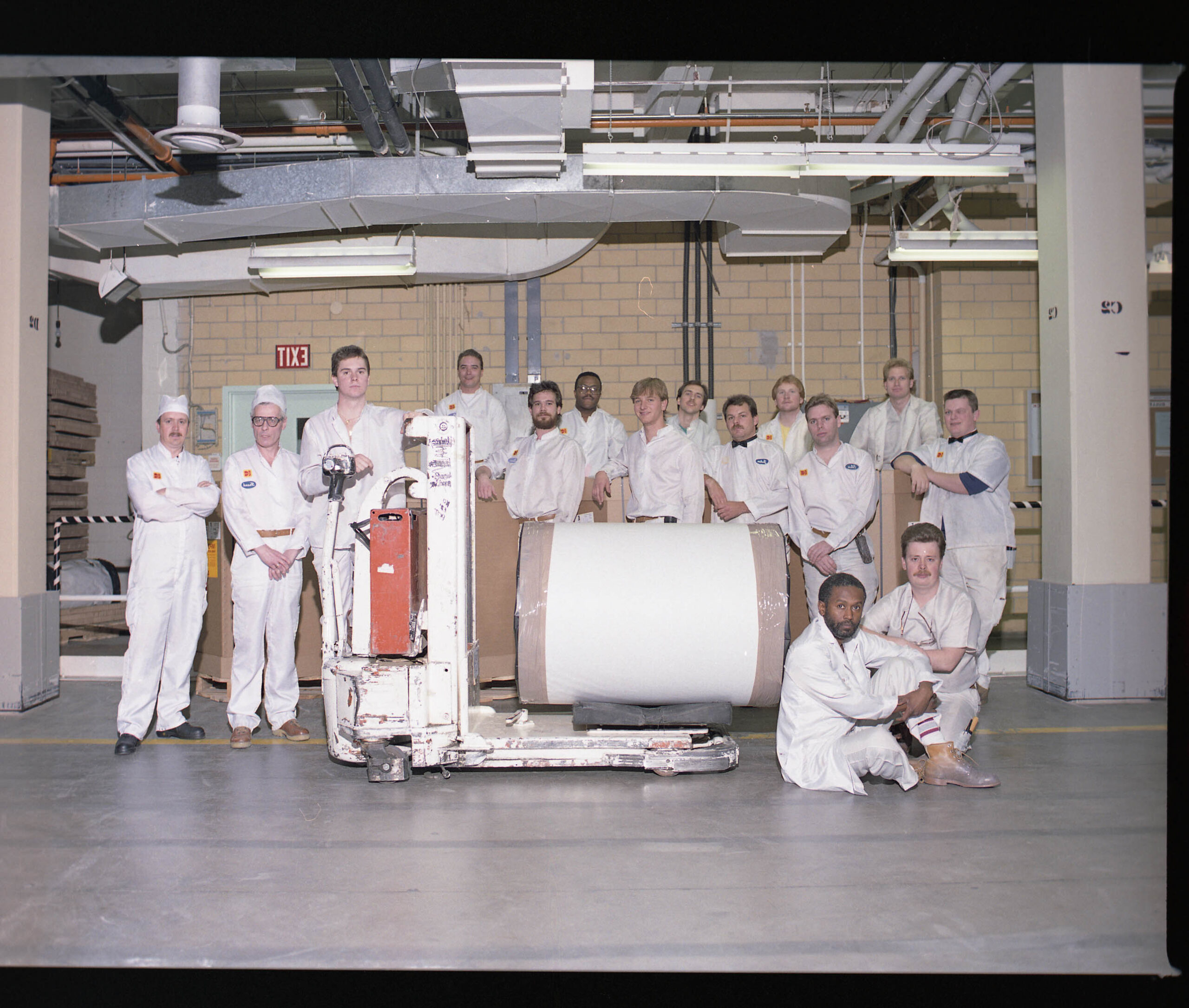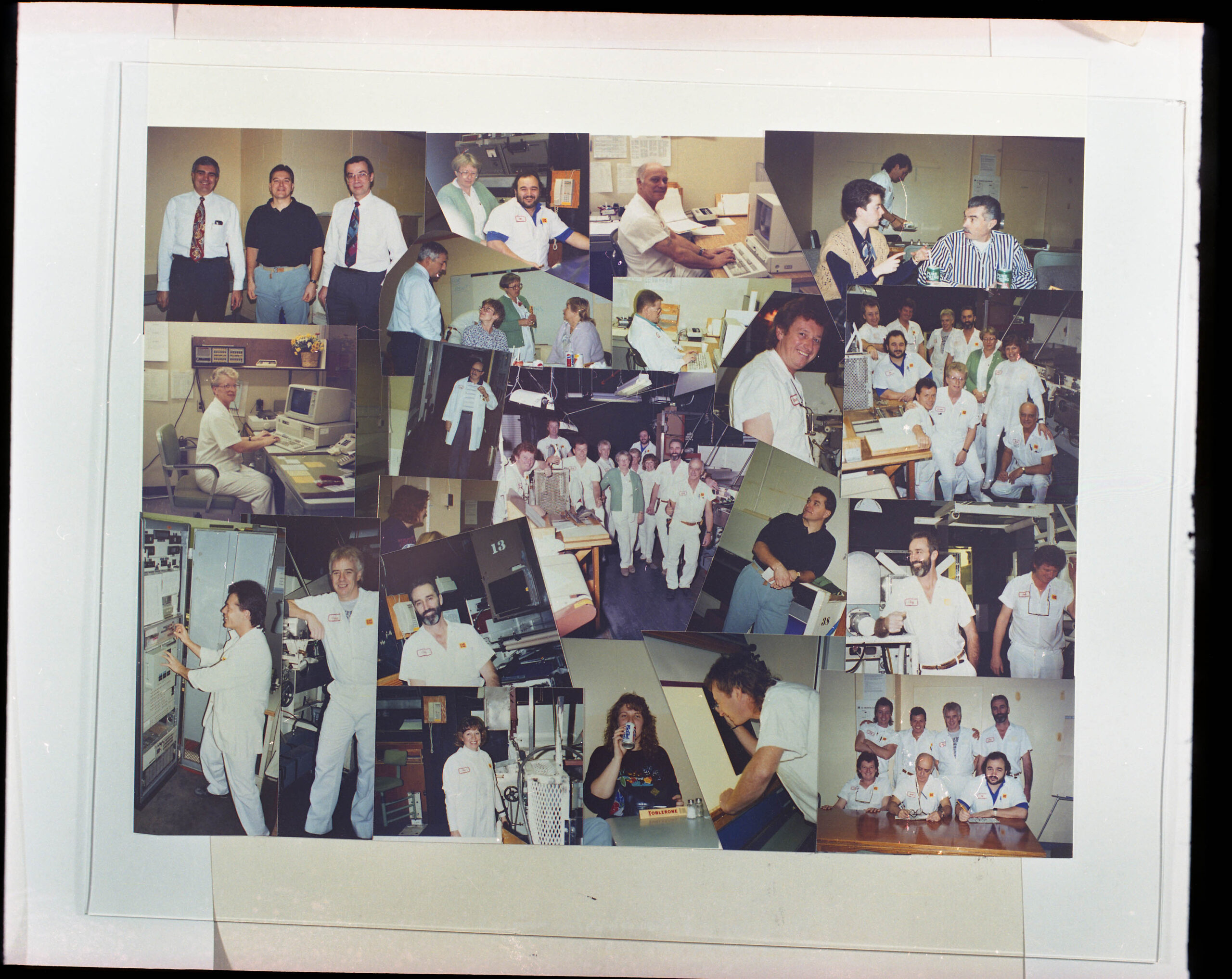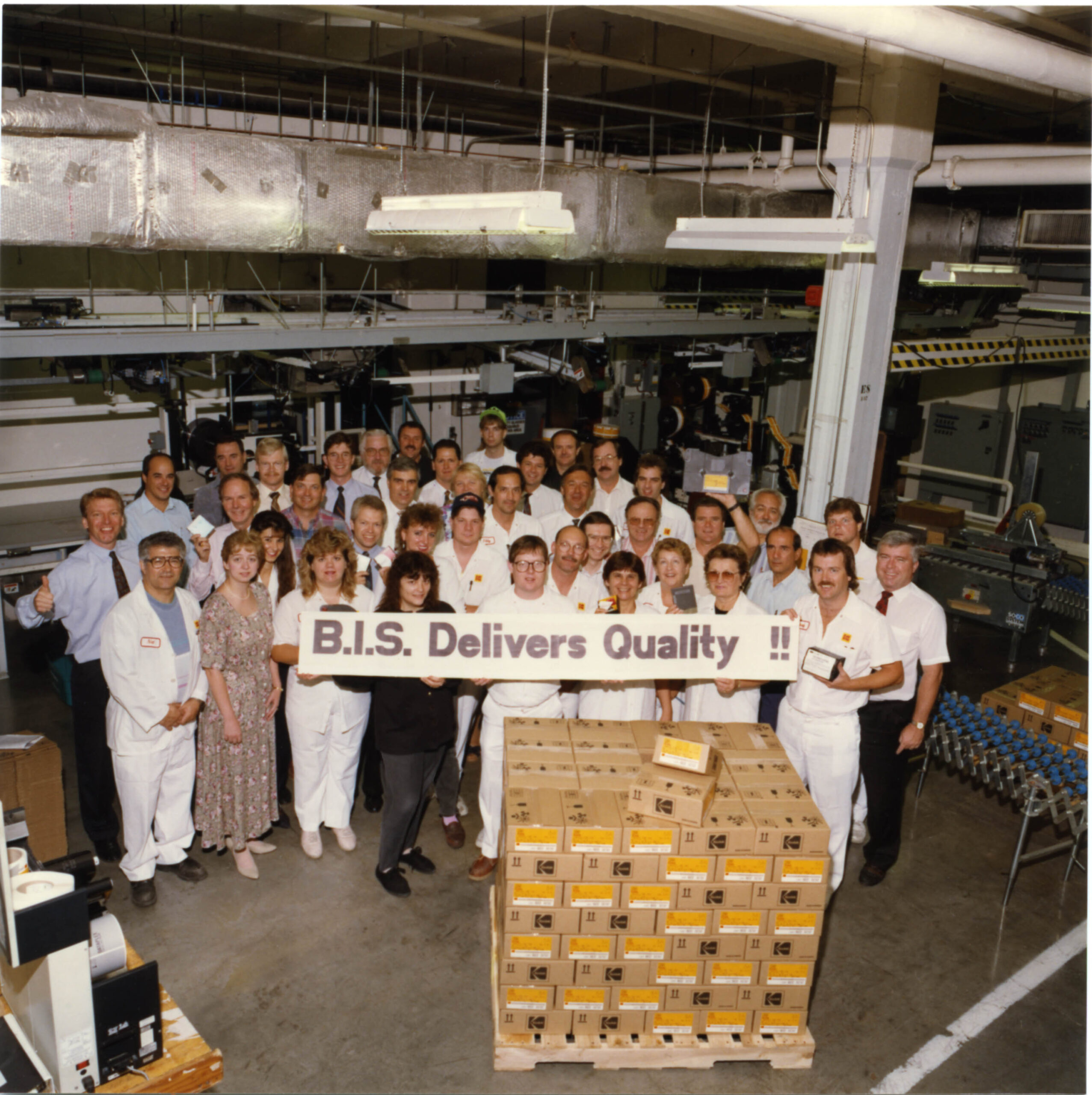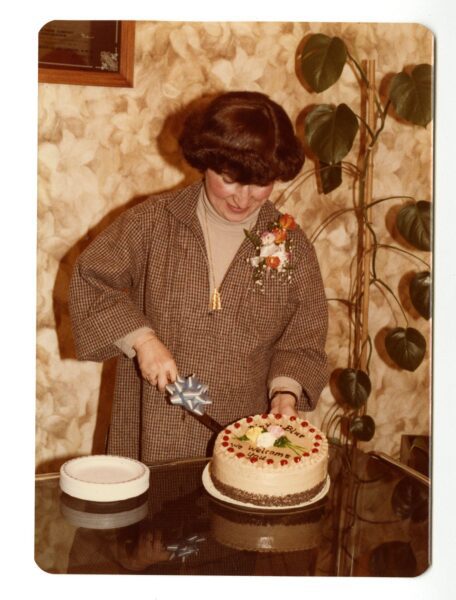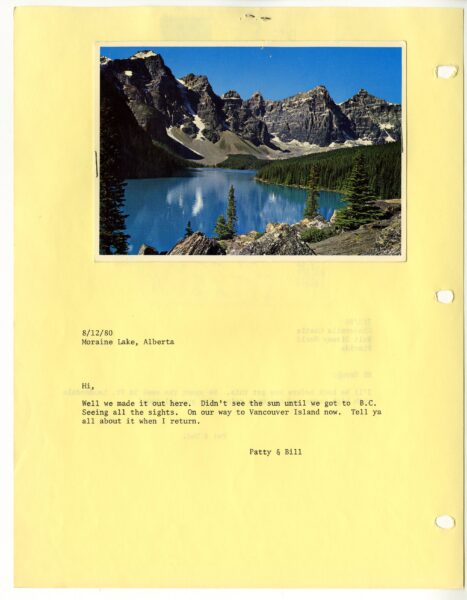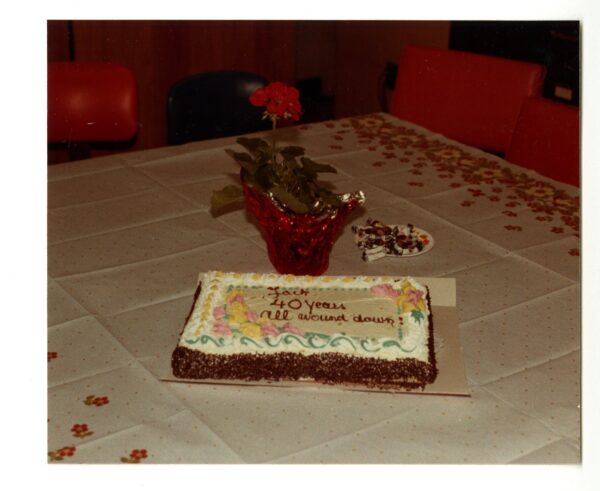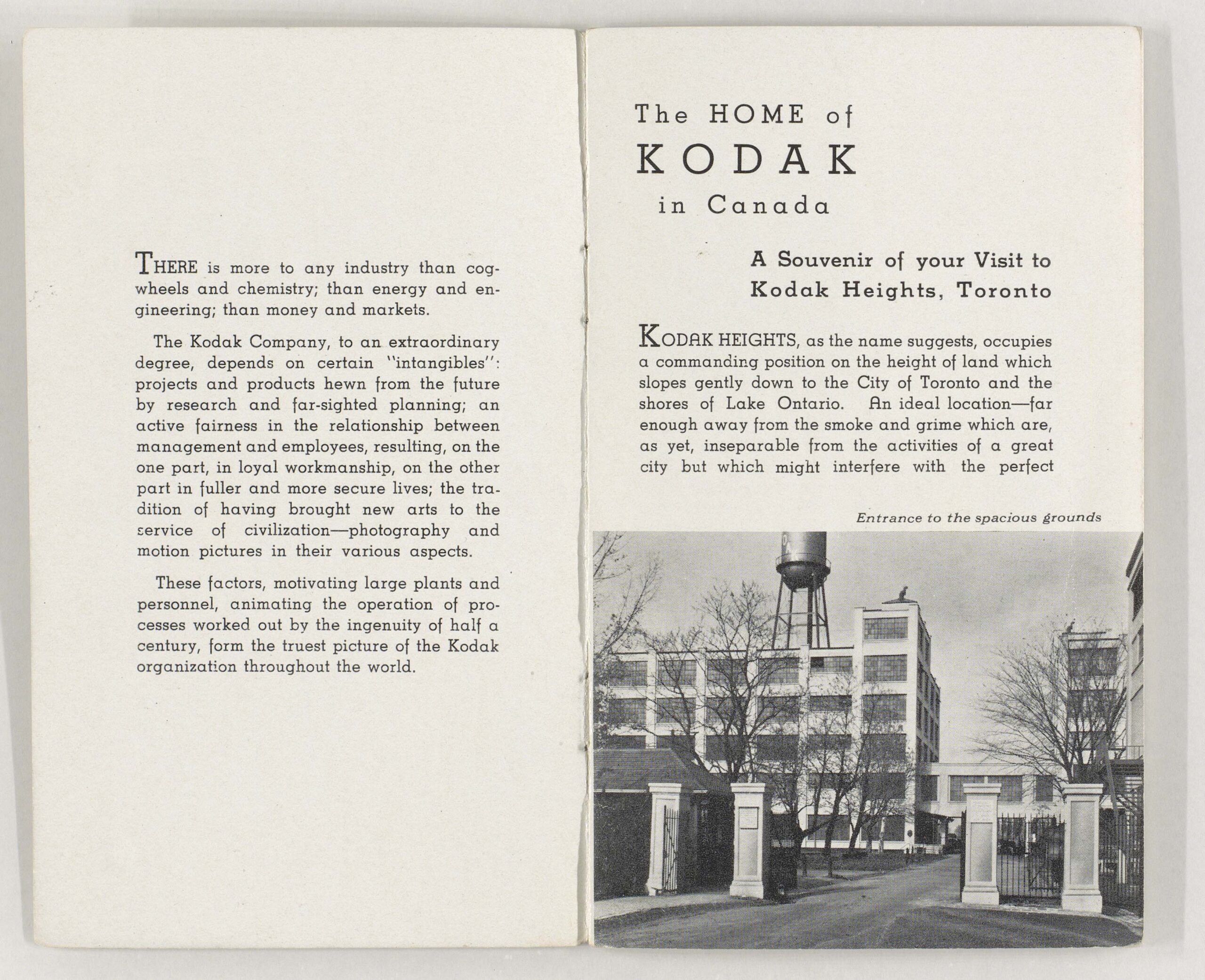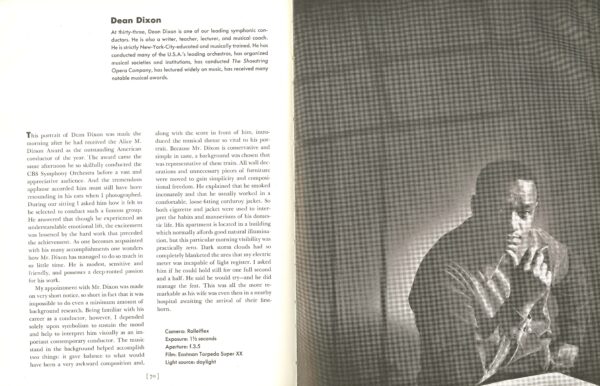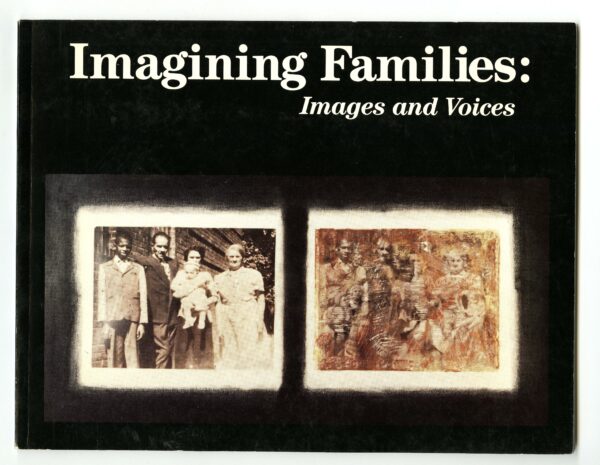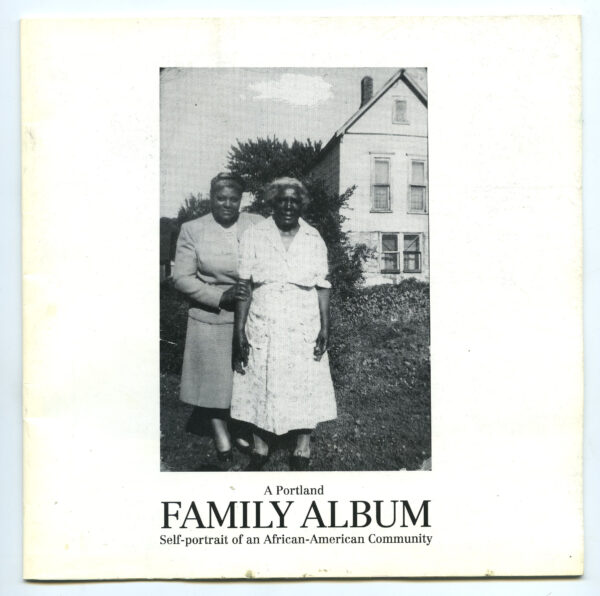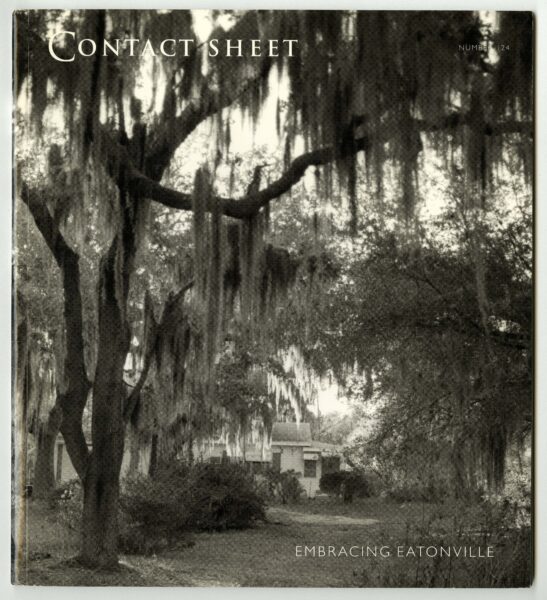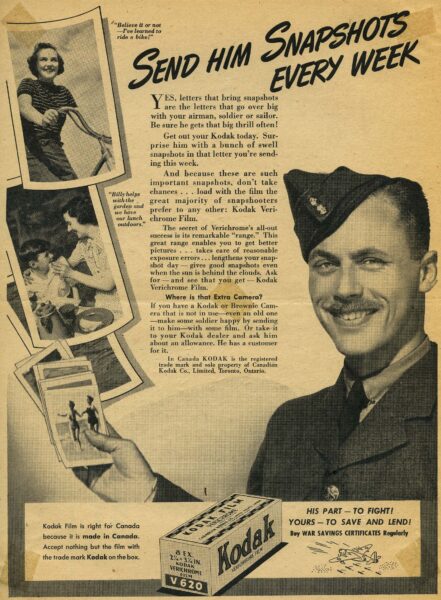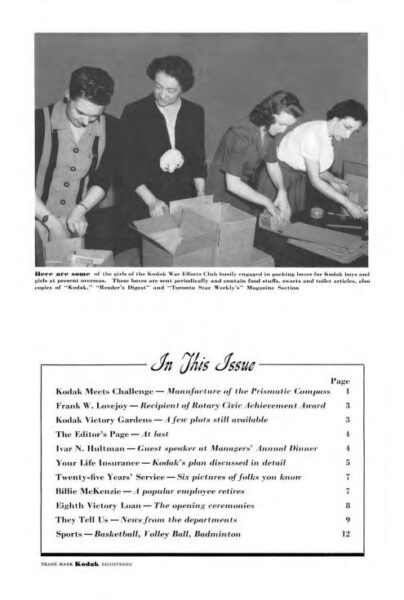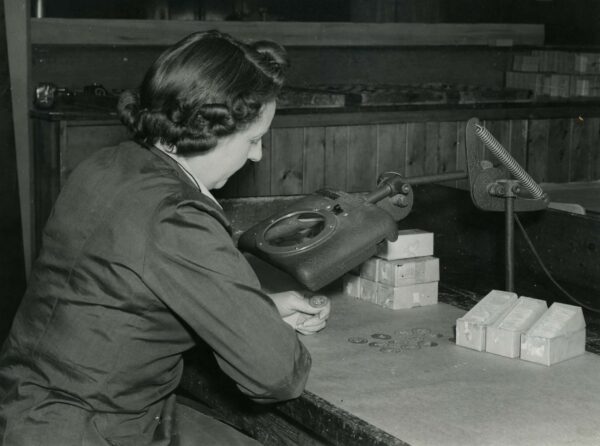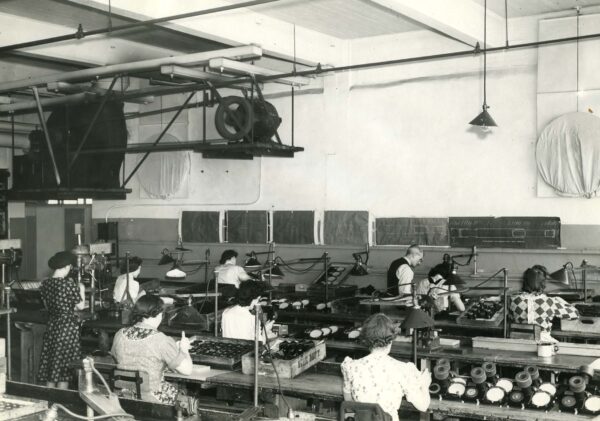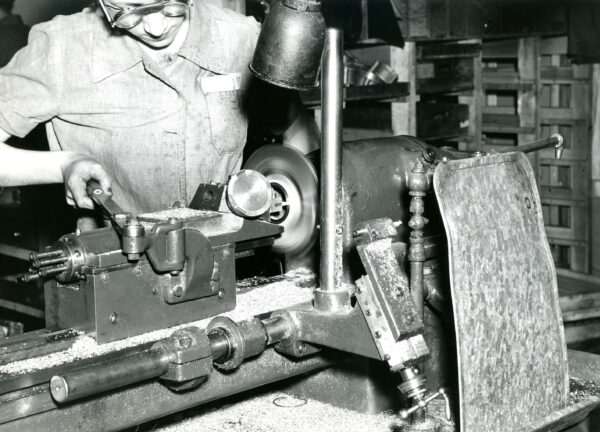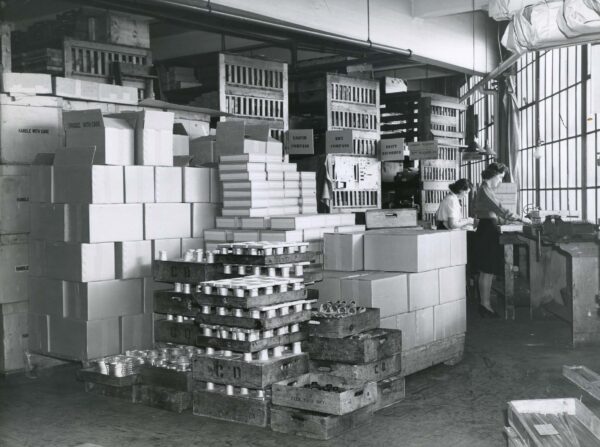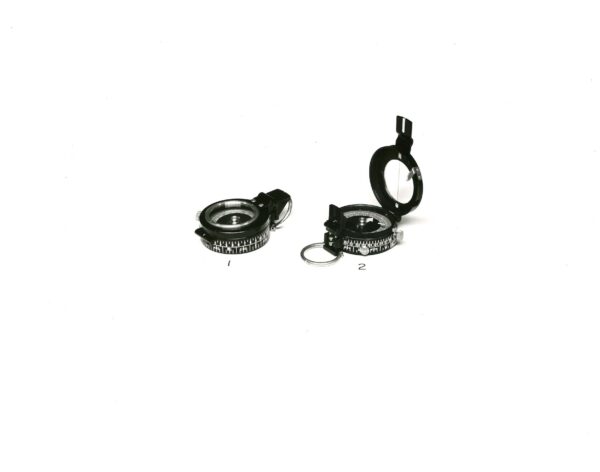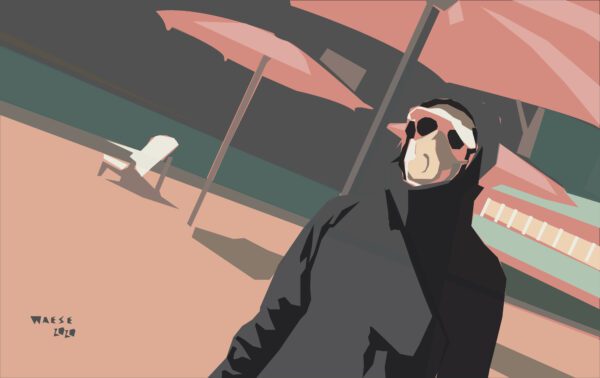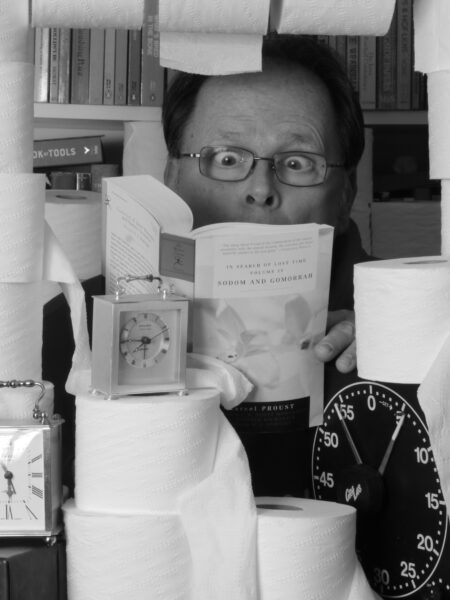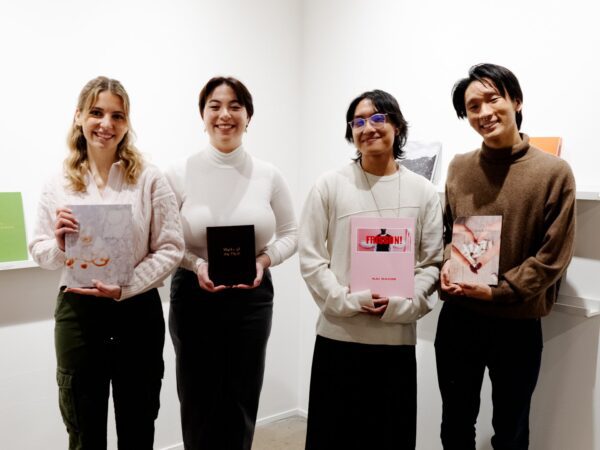
We are thrilled to announce the 2024 winners for the First Edition Photobook Award!
The TMU Libraries First Edition Photobook Award was instituted in 2015 by Special Collections Librarian Alison Skyrme and Image Arts Instructor Christopher Manson. As part of MPS507 – The Photographic Book, 3rd year Image Arts students conceive of, and produce photobooks during the course, based on their photography. The course concludes with a group show of the books at TMU Artspace gallery.
Each year, TMU Libraries purchases the First Edition Award winning books from the students, catalogues them, and houses them in Special Collections. The winning books are selected by a jury panel using design, sequencing, and integration of images and text as the main evaluation criteria.
The First Edition Photobook Award is generously sponsored by the Photographic Historical Society of Canada.
First Edition Photobook Award Recipients

Sai Bagni, Frisson! A universe built from my observations of my online youth. It is a coming-of-age that exists in pixels and code. Frisson: a word of French origin that describes a feeling of fear or excitement that precedes the anticipation of something that’s about to happen. It denotes the act of waiting and anticipating for something that stands out amongst the banality of everyday life.
Madison Chow, Works of the Flesh. A collection of Polaroids and long exposure imagery that explores the body, created with the intention to speak to experiences of sexualization in the church. Paired with handwritten text, the images create a biblical narrative, using its symbolism to confront and heal from religious trauma.
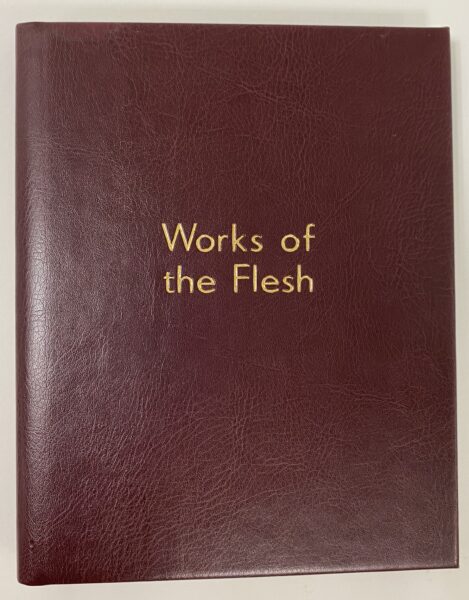
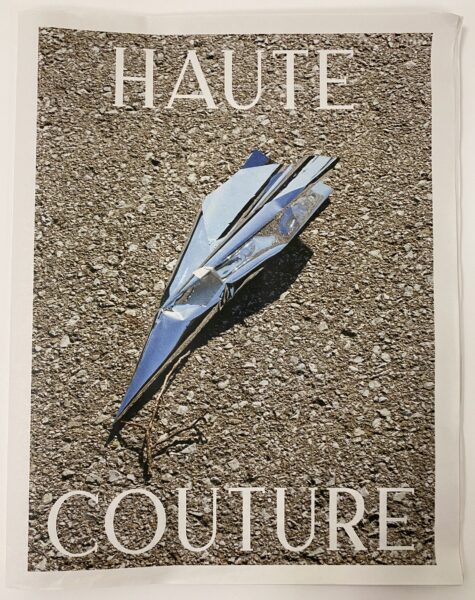
Max Grueninger, HAUTE COUTURE. By reimagining the purpose of each image and subtly weaving fashion elements into the narrative, the visuals aim to inspire a new generation to see the term haute couture as not merely clothing but as a dynamic, evolving concept that can transform and elevate the ordinary into the extraordinary.
Alejandra Harrison, Murder at Monochrome Manor. Inspired by the classic board game Clue and visual styling of film noir Murder at Monochrome Manor explores the limitations of photography in data collection and the power of individual understanding. Offering minimal context to enhance the interactive element, this work invites viewers to take on the role of investigator by examining the images for clues and piece the mystery together to find a solution they interpret.
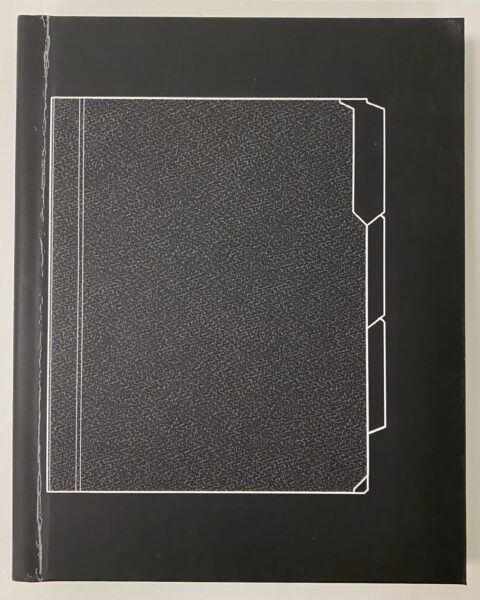
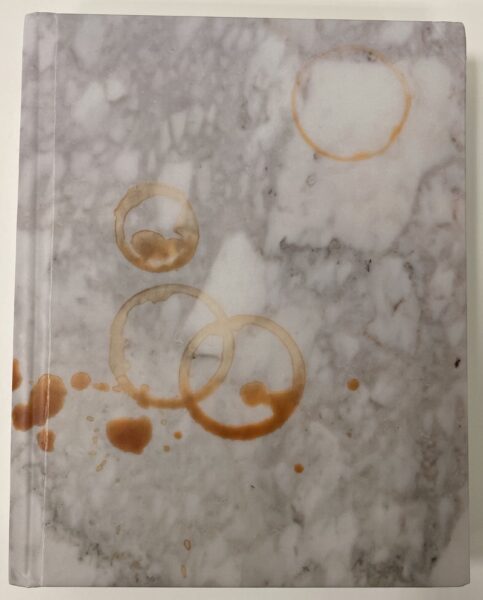
Sophia Markelj, Generational Flavours. Explores the intimate connection between food, family traditions, and cultural heritage. Using passed-down dishware, tablecloths and cutlery, I explore a gift my grandmother gave me before she passed. Motivated by the notes she left me, these images become not merely representations of dishes, but visual tributes to the love and stories passed down through generations.
Joon-Young Lee, Nicotine, Glass & Fabrics. A photographic love letter to 3 friends who have been apart of my entire career as a photographer. The book recontextualizes each image to reflect on the memories and relationship built from them, paried with transcripts from my conversations with each friend.
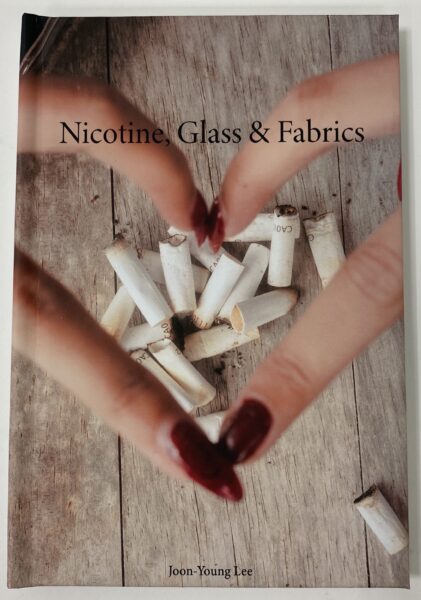

Christie Xu, A Place On Earth. In the summer of 2023 my partner and I plotted out our longest cross-country flight after a failed attempt last winter break. “A Place On Earth“ documented our trip from Albany, New York to visit Purdue University in Lafayette, Indiana where he started his flight training, just in time for our friend’s graduation. After that, we head South to Huston, Texas before turning back to New York via Louisiana, Tennessee and Ohio. This book includes polaroids and 35mm film during flying.
2024 Jury Panel
This year we were fortunate to have a judges panel that included Kristen Adlhoch, Holly Forsythe Paul, Jennifer Park and Rahim Perez-Anderson.
Kristen Adlhoch holds a BFA in Photography from Toronto Metropolitan University, and an MLit and PhD in the History of Photography from the University of St Andrews, Scotland. She is currently a Part-Time Lecturer and the Student and Partner Outreach Coordinator for the Film and Photography Preservation and Collections Management MA program at TMU.
Holly Forsythe Paul is a rare book librarian who received her M.I. from the University of Toronto in 2021. Prior to her studies in librarianship, Holly taught English literature and writing at University of Toronto for over a decade. She is currently the Special Collections Librarian at TMU Libraries and teaches Conservation & Preservation of Recorded Information at the University of Toronto’s Faculty of Information.
Jennifer Park is the Art Preparator at The Image Centre at Toronto Metropolitan University. She is also a Co-Coordinator of the IMC’s Art Handing Apprenticeship Program which offers training to BIPOC who are in the early stages of their career in museum work.
Rahim Perez-Anderson is a Black visual storyteller, working out of Tkaronto/Toronto. Intrigued by human experience and the observation of life, Rahim specializes in self-portraiture and documentary photography, exploring his lived experiences within and around topics of identity, race, and selfhood.
Related articles
First Edition Photobook Show (TMU Artspace Gallery)
First Edition Photobook Show highlights TMU image arts students (The Eyeopener)
